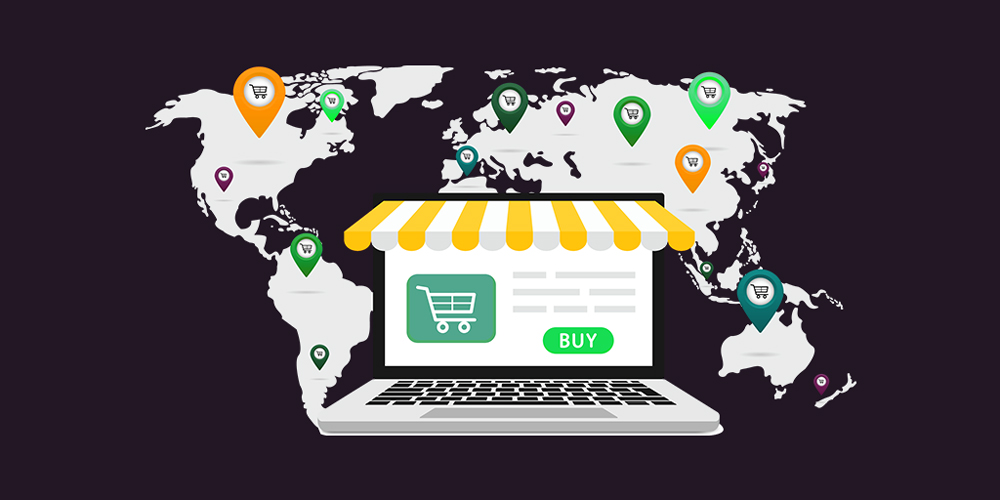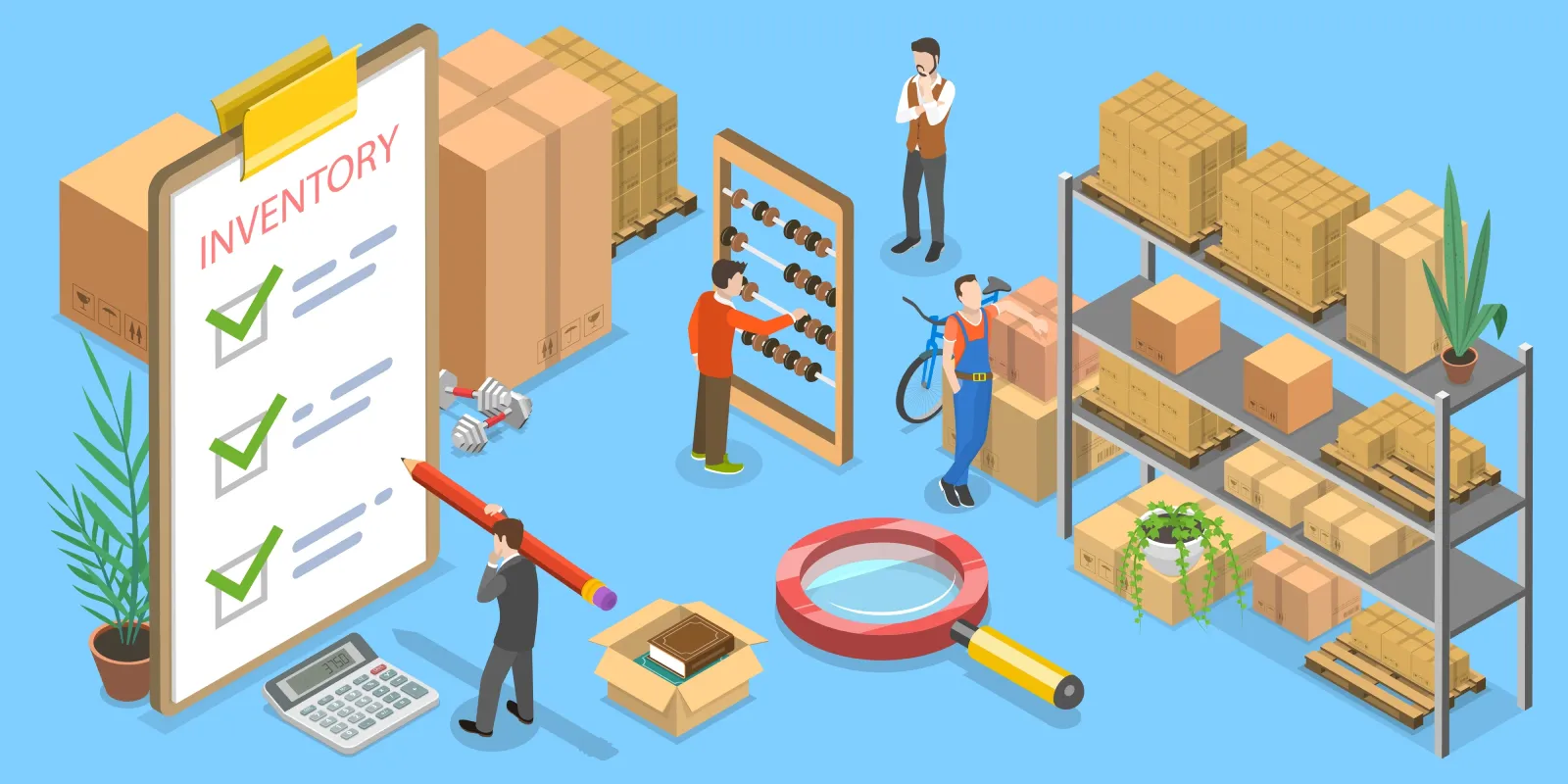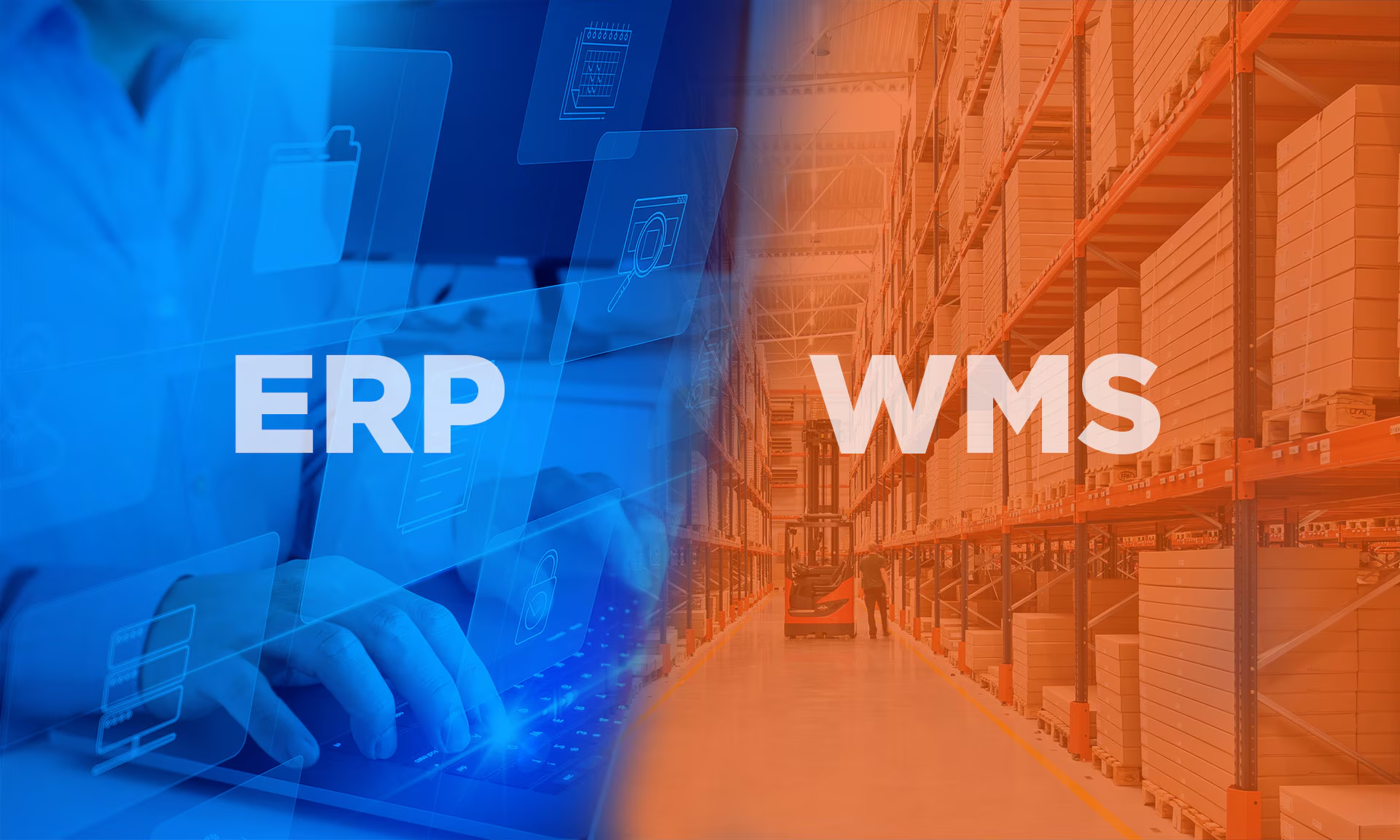Aufbau einer transparenten Lieferkette mit Tools zur globalen Logistikverfolgung
A transparent supply chain has become a key priority for global businesses striving to improve efficiency, accountability, and customer satisfaction. The role of Globale Logistikverfolgung Tools in achieving this transparency is more critical than ever. These technologies not only give visibility across every stage of delivery but also empower businesses to make data-driven decisions that reduce risks and improve trust.
Why Transparency Matters in Global Supply Chains
Transparency isn’t just about knowing where your shipment is. It’s about building confidence among suppliers, logistics partners, and end customers. A transparent supply chain minimizes confusion, enhances compliance, and enables brands to detect and resolve potential bottlenecks more quickly.
When customers can see real-time updates on their orders, it creates a sense of reliability. Likewise, companies gain the ability to identify inefficiencies, optimize costs, and ensure ethical sourcing practices.
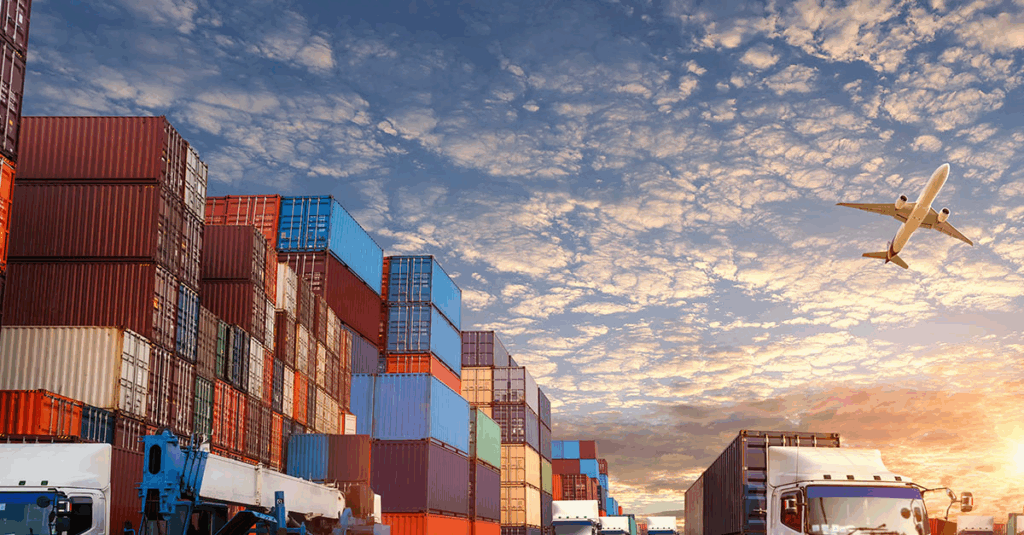
Key Benefits of Supply Chain Transparency
- Enhanced Visibility: Track shipments from origin to destination in real time.
- Reduced Errors: Automated updates lower the risk of human error in manual tracking.
- Better Compliance: Transparent records help meet international regulations.
- Customer Trust: Accurate delivery information improves satisfaction and loyalty.
- Operative Effizienz: Teams can make faster and smarter logistical decisions.
How Global Logistics Tracking Tools Improve Transparency
Modern global logistics tracking tools transform Lieferketten by offering centralized control over complex logistics networks. They provide end-to-end visibility, connecting carriers, warehouses, and customers through one digital platform.
1. Real-Time Tracking and Data Accuracy
Global Logistics Tracking Tools collect live data from carriers, IoT devices, and warehouse systems. This real-time synchronization ensures accuracy at every checkpoint. Businesses can monitor container movement, customs clearance, and delivery progress within seconds.
Real-time insights reduce the uncertainty of international shipping delays. Instead of waiting for manual reports, logistics managers can proactively address issues like customs holds or route disruptions.
2. Centralized Dashboard for Global Operations
Managing multiple carriers across regions can be overwhelming. Tracking tools simplify this by integrating all data into one dashboard. From air freight to ocean shipments, everything is visible in a unified interface.
This centralization improves coordination among logistics teams, suppliers, and customers. It eliminates the need for multiple systems, streamlining communication and decision-making.
3. Automated Alerts and Predictive Insights
Transparency is not only about visibility but also anticipation. Advanced systems send automated alerts when shipments face delays or deviations. Predictive analytics analyze patterns and forecast potential issues before they occur.
For instance, a smart tracking tool may predict that a shipment will miss its delivery window due to port congestion. The system immediately notifies logistics managers, allowing them to reroute or reschedule accordingly.
The Role of PostalParcel in Transparent Logistics
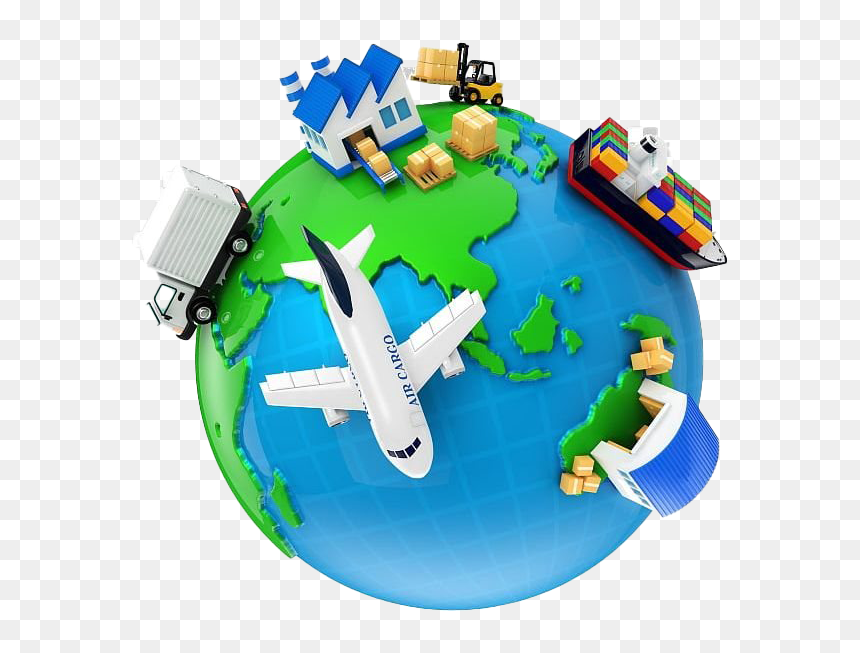
PostalParcel focuses on making international shipping simpler, faster, and more transparent for businesses and consumers. Its integrated tracking tools enable users to monitor global deliveries in real time, regardless of carrier or destination.
1. Unified Global Tracking System
Postal Parcel combines data from different logistics providers into a single interface. Whether it’s cross-border eCommerce, B2B freight, or last-mile delivery, users can view all shipment statuses in one place.
This eliminates the need to visit multiple carrier websites, saving time and improving accuracy. Businesses gain clear insights into each shipment’s journey, from dispatch to final delivery.
2. Smart Routing and Data Integration
Transparency improves when logistics systems communicate effectively. Postal Parcel’s smart routing automatically selects the most efficient and cost-effective routes. At the same time, its data integration tools ensure that every tracking event is recorded and shared with stakeholders.
With synchronized tracking data, shippers can easily generate performance reports, identify delays, and measure delivery success rates.
3. Enhanced Customer Experience
Customers expect instant updates about their packages. PostalParcel ensures that users receive accurate notifications via tracking pages and automated messages. The result is fewer “Where Is My Order?” (WISMO) inquiries and more confidence in delivery reliability.
When customers feel informed, they are more likely to shop again. This is why transparency directly supports repeat sales and brand trust.
Building Accountability Across the Supply Chain
Transparency also enforces accountability. Every shipment’s movement is digitally logged, which means every partner—from supplier to freight carrier—is responsible for maintaining accuracy and timely updates.
1. Supplier and Partner Accountability

Suppliers can update manufacturing timelines, while logistics partners can provide scanning confirmations at each stage. These actions build a complete digital trail, ensuring that no part of the process is hidden or ambiguous.
When all participants share responsibility, disputes and misunderstandings decrease dramatically.
2. Compliance and Documentation
Customs and trade compliance are major challenges in globale Logistik. Tracking tools simplify this by automatically generating digital records. These documents support audit trails, export regulations, and product origin verification.
For example, when a shipment passes through customs, Postal Parcel’s platform logs time stamps, documentation uploads, and clearance confirmation — all stored securely for future reference.
How Data Transparency Enhances Business Decision-Making
Data transparency transforms logistics from a reactive to a proactive function. Instead of waiting for issues, businesses can analyze real-time data and optimize performance continuously.
1. Identifying Delays and Bottlenecks
With data analytics, companies can pinpoint where delays commonly occur — such as at specific ports or during customs processing. Once identified, they can choose alternate carriers or improve documentation accuracy.
2. Improving Inventory and Forecasting
Accurate tracking data also supports better inventory management. When businesses know the exact location of their shipments, they can plan stock levels more efficiently. This reduces warehouse costs and prevents product shortages.
3. Measuring Performance and Cost
Global tracking systems generate reports on delivery speed, route efficiency, and carrier performance. These insights help companies negotiate better contracts and reduce shipping costs over time.
Overcoming Common Transparency Challenges

Building a transparente Lieferkette takes time and the right technology. While tracking tools simplify many aspects, companies may still face obstacles.
1. Data Fragmentation
Information from different carriers often uses different formats. Without integration, this leads to fragmented visibility. Platforms like Postal Parcel solve this problem by standardizing data and consolidating it into one consistent view.
2. Human Error and Manual Entry
Manual data updates create room for mistakes. Automation eliminates this risk by pulling data directly from carrier APIs and IoT sensors. Every update is synchronized instantly, improving accuracy.
3. Resistance to Digital Transformation
Some logistics partners still rely on outdated systems. Building transparency requires cooperation and digital readiness across all participants. Postal Parcel’s platform bridges this gap with flexible integration options that connect both modern and legacy systems.
The Future of Transparent Global Logistics
Transparency will soon become the global standard, not an option. Businesses that embrace tracking technology today will lead in efficiency and trust tomorrow.
Emerging innovations such as blockchain, AI-driven forecasting, and IoT-enabled tracking devices are already reshaping Lieferketten. They ensure that every transaction and shipment movement can be verified, timestamped, and securely stored.
Postal Parcel continues to integrate these technologies into its platform to help businesses scale with confidence.
What Businesses Can Do Next
- Adopt a unified tracking system – Centralize visibility across all carriers.
- Leverage predictive analytics – Prevent delivery issues before they occur.
- Educate partners and suppliers – Promote transparency throughout your network.
- Automate documentation – Reduce compliance risks and improve record accuracy.
- Prioritize customer visibility – Keep end users informed at every step.
A transparent supply chain isn’t just about logistics — it’s about trust, efficiency, and growth. By adopting global logistics tracking tools like those from PostalParcel, businesses can build a smarter, more accountable, and fully connected global network that benefits everyone involved.
Einblicke in die Industrie
Nachrichten über den Posteingang
Nulla turp dis cursus. Integer liberos euismod pretium faucibua


